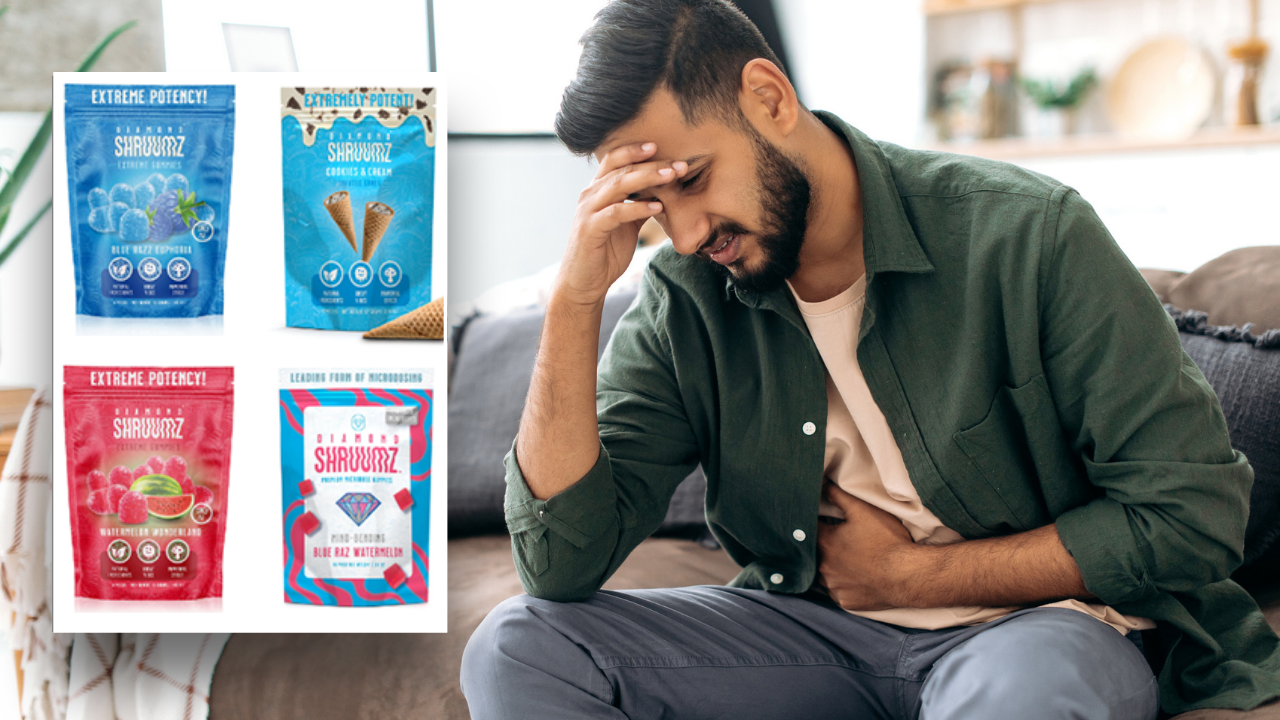
We often hear why we need fruits and veggies – for heart health and cancer prevention. Now we can add to that list “eye health” – something that’s so often taken for granted when we’re young. But, don’t assume your vision will keep getting worse as you age and that there’s nothing you can do about it. You can do something about it.
“Nutrition is critical,” says Robert Abel, Jr., M.D., clinical professor of Ophthalmology at Thomas Jefferson University and author of “The Eye Care Revolution.” A firm believer that the eyes can be a good indicator for general body health, Abel adds, “We need an orchestra of nutrients, not just one player” for good eye health. The nutrient “players” at the top of the good eye-health chart are largely found in fruits and veggies. So, make sure you’re consuming a total of five servings of fruits and vegetables every day. That’s a minimum!
Where to Begin
Are certain fruits and veggies better than others for eye health? Yes. But just eating more fruits and vegetables period is the best place to begin. According to the Produce for Better Health Foundation, just 27 percent of women and 19 percent of men report eating the Food Guide Pyramid-recommended five servings of fruits and vegetables each day.
Maye Musk, a registered dietitian, international speaker, and author of “Feel Fantastic” and “Executive Stamina” says, “Eating a variety of fruits and vegetables, especially dark-colored ones like carrots, broccoli and Hubbard squash” is important for the eyes. The deep-colored fruits and vegetables are typically “good sources of beta-carotene and many, many carotenoids,” she adds. Beta-carotene and certain carotenoids (plant pigments) are just a handful of the array of nutrients linked to good eye health.
Let’s take a closer look at some of the vital vision-healthy nutrients, especially those so richly found in veggies, fruits and other plant-based foods.
Vitamin C
A water-soluble vitamin and effective antioxidant, vitamin C helps keep eyes young and healthy by protecting some parts of the eye against damage caused by ultraviolet light. Antioxidants are substances that help protect cells from the natural but damaging effect of oxidation.
Barbara Gollman, M.S., R.D., an expert on functional foods and phytochemicals and co-author of “The Phytopia Cookbook: A World of Plant-Centered Cuisine,” says, “Vitamin C might help prevent cataracts or delay their development, but studies do not confirm this yet.” Cataracts, a clouding of all or part of the lens of the eye, cause blurred or dimmed vision and unusual sensitivity to light.
Think of vitamin C as an age-protector for your eyes, kind of the way rust-protector is for your car or wrinkle cream is for your skin. Thanks to the popularity of OJ, most Americans meet their minimum vitamin C needs, which is 75 milligrams for women and 90 milligrams for men.
But studies indicate we might need as much as 300 milligrams, possibly more, for a cataract-preventive effect. Where do you find vitamin C besides citrus fruits? Go for guava, red bell peppers, papaya, broccoli, Brussels sprouts, kohlrabi, mango, strawberries, raspberries and pineapple.
Vitamin E
This fat-soluble vitamin and potent antioxidant, may help in prevention of cataracts and age-related macular degeneration (AMD), a common eye disease associated with aging. AMD impairs vision by affecting the macula, a small spot in the center of the retina where vision is sharpest. Blurred vision is often the first symptom of this leading cause of irreversible blindness in people over age 65.
Abundant in the food supply, vitamin E is especially high in vegetable oils. That’s one good reason why we don’t want to overdo our “fat-free” eating. Some of the best sources of vitamin E: wheat germ oil, sunflower seed kernels, sunflower oil, hazelnuts, almonds, cottonseed oil, wheat germ, papaya, fortified cereals and peanut butter.
Zinc
This trace mineral may have a protective effect on the development of some forms of early AMD. As zinc is acutely concentrated in the eye, Dr. Abel says zinc is “very important for the retina,” the back part of the eye that senses light.
Zinc intake seems to drop as we age – when our eyes need it most. To be sure you’re getting enough zinc, enjoy wheat germ, garbanzo beans, black-eyed peas, sunflower seeds, almonds, tofu, brown rice, milk, ground beef and chicken.
Beta-Carotene
A carotenoid and antioxidant, beta-carotene aids in night vision and maintaining good vision. It may play a small role in cataract prevention. Luckily, beta-carotene, which is converted into vitamin A in the body, is easily obtained through the diet. Gollman suggests, “Beta-carotene supplements are not recommended.”
Don’t worry about eating too much beta-carotene. Your skin might temporarily turn an unusual shade of orange, but it’s harmless. For a beta-carotene boost, choose apricots, carrots, sweet potatoes, collard greens, beet greens, turnip greens, kale, spinach, papaya, red bell pepper, cantaloupe, winter squash and romaine lettuce.
Carotenoids are antioxidants that are plant pigments. This category is considered by many eye-care and nutrition experts to be the most promising of the eye-protective nutrients. Over 600 carotenoids are known, though just a handful are found in the diet and even fewer are found in the human body. Alpha-carotene, beta-carotene, cryptoxanthin, lycopene, lutein and zeaxanthin are all found in the body, but only lutein and zeaxanthin are found in the eye.
Specifically, these two carotenoids help maintain the health of the retina and macula, potentially “protecting against AMD” adds Gollman. Carotenoids give foods their rich colors. They give spinach, kale and broccoli their delicious orange-yellow color. Huh?
Actually the carotene is disguised as dark green by the chlorophyll in their leaves. Carotenoids also make tomatoes ruby red, watermelons vivid pink, and sweet potatoes deep orange.
So, “color” your plate happy – it’ll make your eyes healthy!





